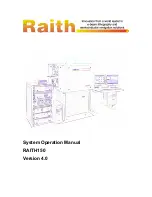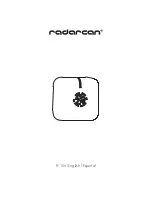
7
Accuracy and Tolerances
Above, we talked about the need to measure correctly. As we
shall see, this is strictly speaking not absolutely true, since a
measuring device can only
estimate
the real value.
An uncertainty will always be present. The aim of the cali-
bration is then to bring this uncertainty to within given limits or
tolerances. For a sound measuring instrument, the width of the
interval of acceptable estimates will depend on which
class
it
belongs to.
Instrument Classes
According to the international standard called IEC61672-1,
sound level meters should be divided into two classes, depend-
ing on their accuracy: Types 1 and 2 with type 1 as the best, i.e.
with the most narrow tolerances, and type 2 as the least good.
You may experience that national and/or international stand-
ards may impose restrictions on which instrument types are
considered usable for a given measurement task.
Our “problems” do not end with the uncertainties of the
sound measuring instruments. Even sound calibrators are “in-
fected” with level uncertainties! Hence, these have also been
divided into types (called classes) depending on their level ac-
curacy and level stability. This is to ensure that measurements
made with your high-quality sound measuring instrument are
not ruined by inaccurate calibration.
Sound Measuring Instruments
Type
1
2
Tolerances
±1,1 dB
±1,4 dB
Sound Calibrators
Class
1
2
Tolerances
±0,4 dB
±0,75 dB
Table showing the permissive tolerances as defined by IEC61672
(Sound Level Meters) and IEC 60942 (Sound Calibrators) for
frequencies around 1000 Hz and close to reference conditions.
Note that the numbers includes the uncertainty of measurement.
The Sound Calibrator Nor-1251
Содержание nor1251
Страница 2: ......
Страница 3: ...user documentation nor1251 class 1 sound calibrator ...


































